Azithromycin Pelvic Inflammatory Disease
Azithromycin pelvic inflammatory disease. Common or very common anorexia disturbances in taste arthralgia disturbances in vision dizziness dyspepsia flatulence headache malaise paraesthesia and reversible hearing loss sometimes with tinnitus after long-term treatment. Bevan CD Ridgway GL Rothermel CD. Azithromycin on the other hand can be dosed in either a single daily dose 500 mg followed by 250 mg daily for 1 week or in two single doses 1 g each 1 week apart.
It may cause pelvic pain and vaginal discharge. C trachomatis Doxycycline 100 mg IV or PO q12h for 14d or Azithromycin 500 mg IV for 1-2 doses followed by 250 mg PO for 5-6d N gonorrhoeae Uncomplicated gonorrhea. But she should start feeling significantly better in about a week.
Azithromycin intravenous formulation demonstrated high efficacy and eradication rate in the western clinical trials. Pelvic inflammatory disease PID is a common infection and consists of inflammation of the upper female genital tract caused by ascending infection from the endocervix in women in their reproductive years and it frequently leads to serious consequences including infertility ectopic pregnancy and chronic pelvic pain. Antibiotic treatment does not however reverse any scarring caused by the infection.
Azithromycin has been reported to inhibit the production of proinflammatory cytokines such as interleukin IL1β IL-6 IL-8 and tumor necrosis factorα. Patients with PID were treated with once-daily intra-venous IV azithromycin 500 mg for 1 day or 2 days followed by once-daily azithromycin 250 mg orally for a total of 7 days alone or. For this reason it is critical that a woman receive care immediately if she has pelvic pain or other symptoms of PID.
J Int Med Res 2003. Development of azithromycin intravenous formulation would bring the clinical benefit to patients with pelvic inflammatory disease PID in Japan. Bowden FJ Jacups S Huffman S Savage J OBrien M.
Adverse effects of azithromycin include. Efficacy and safety of azithromycin as monotherapy or combined with metronidazole compared with two standard multidrug regimens for the treatment of acute pelvic inflammatory disease. Infection may involve the endometrium with or without involving the fallopian tubes and peritoneal space.
All drug regimens used to treat pelvic inflammatory disease PID should be effective against anaerobes Neisseria gonorrhoeae and Chlamydia trachomatis. PID is usually a sexually transmitted condition.
It sometimes takes a few weeks for they symptoms to go away completely.
Pelvic inflammatory disease PID the infection and inflammation of the female upper genital tract is a common cause of infertility chronic pain and ectopic pregnancy 1. Patients with PID were treated with once-daily intra-venous IV azithromycin 500 mg for 1 day or 2 days followed by once-daily azithromycin 250 mg orally for a total of 7 days alone or. Antibiotic treatment does not however reverse any scarring caused by the infection. Azithromycin intravenous formulation demonstrated high efficacy and eradication rate in the western clinical trials. Azithromycin has been reported to inhibit the production of proinflammatory cytokines such as interleukin IL1β IL-6 IL-8 and tumor necrosis factorα. All drug regimens used to treat pelvic inflammatory disease PID should be effective against anaerobes Neisseria gonorrhoeae and Chlamydia trachomatis. Development of azithromycin intravenous formulation would bring the clinical benefit to patients with pelvic inflammatory disease PID in Japan. Pelvic Inflammatory Disease Management Guidelines page 2 of 4 Introduction Pelvic inflammatory disease PID is the term used to describe upper genital tract infection in women. Bevan CD Ridgway GL Rothermel CD.
Azithromycin intravenous formulation demonstrated high efficacy and eradication rate in the western clinical trials. It sometimes takes a few weeks for they symptoms to go away completely. Antibiotic treatment does not however reverse any scarring caused by the infection. Efficacy of azithromycin alone or with metronidazole versus two standard multi-drug regimens for the treatment of acute pelvic inflammatory disease PID. Prompt antibiotic treatment can prevent severe damage to the reproductive organs. Bevan CD Ridgway GL Rothermel CD. Common or very common anorexia disturbances in taste arthralgia disturbances in vision dizziness dyspepsia flatulence headache malaise paraesthesia and reversible hearing loss sometimes with tinnitus after long-term treatment.

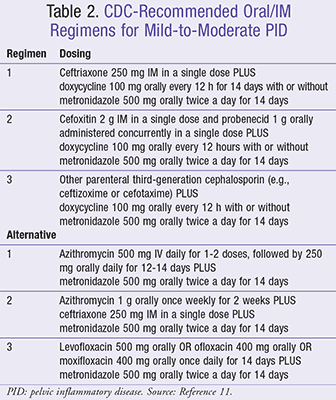
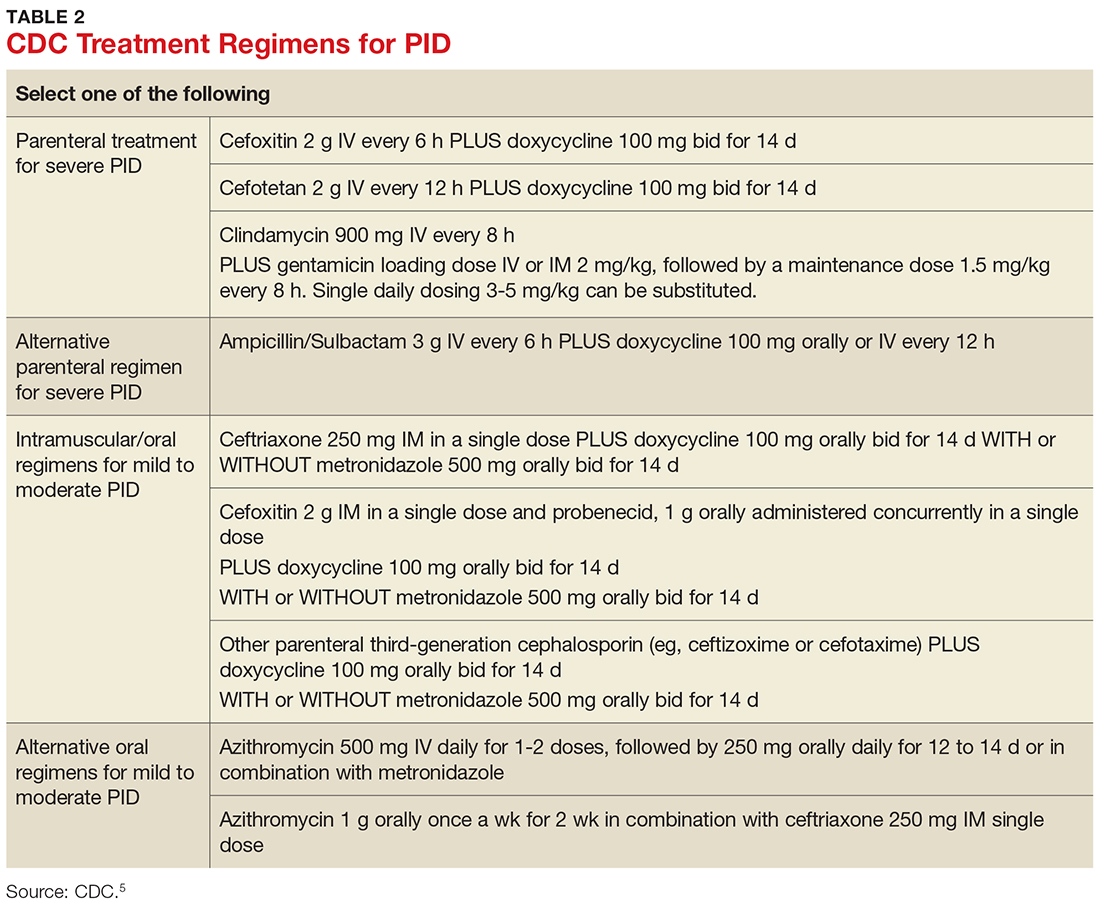

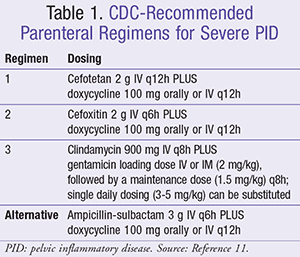


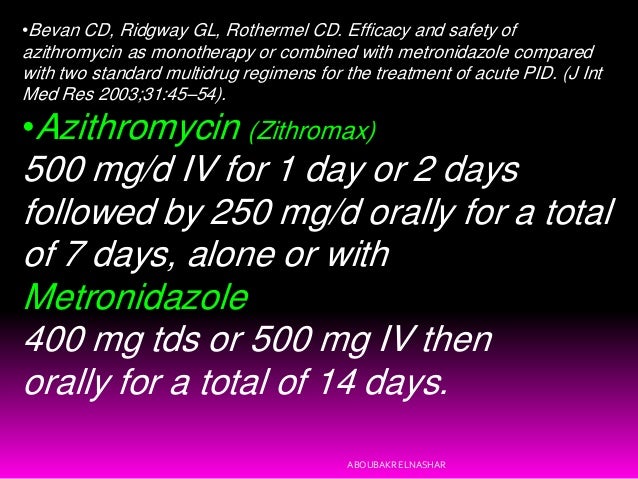

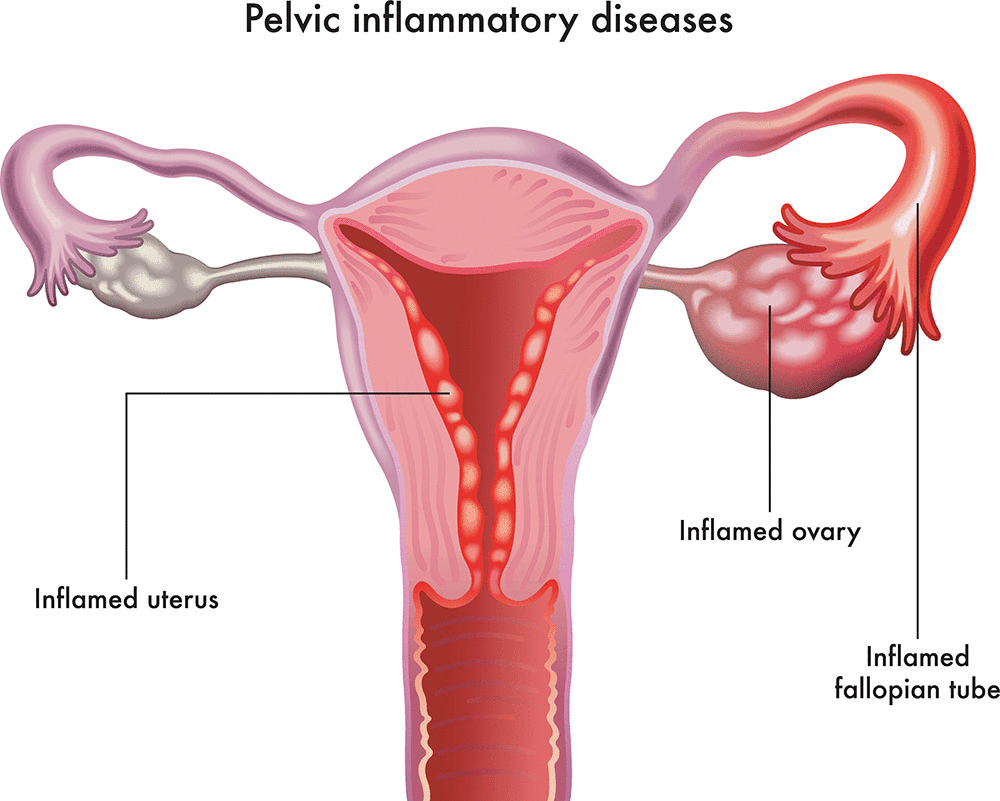
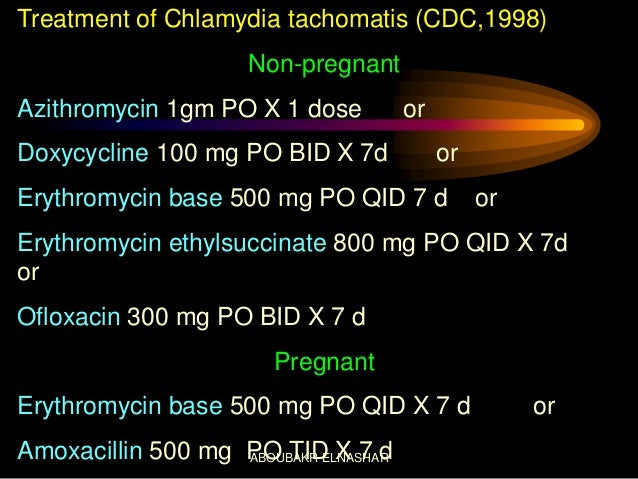


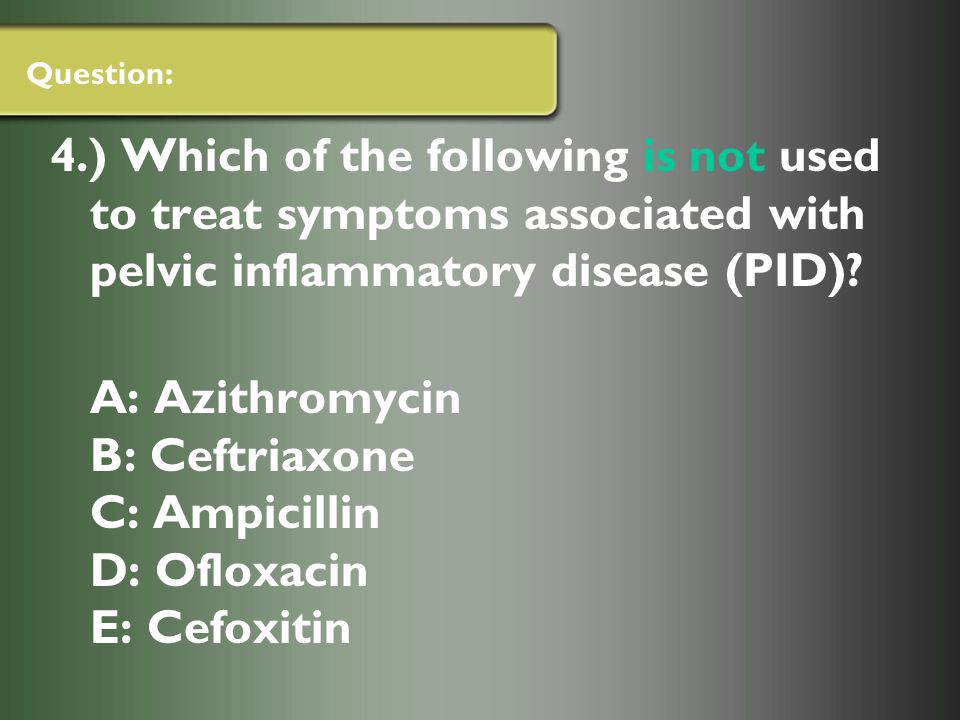


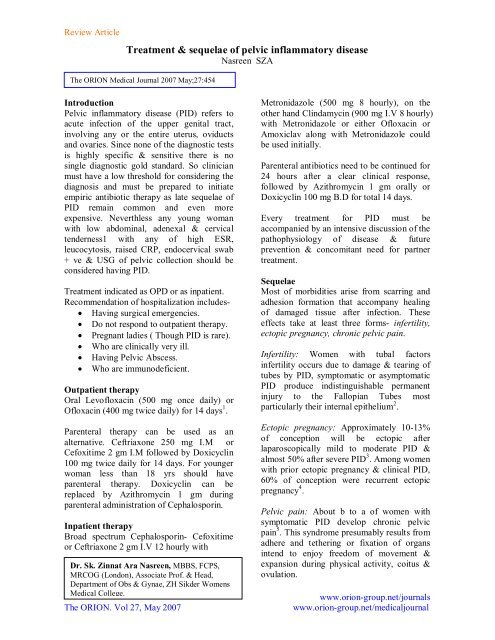

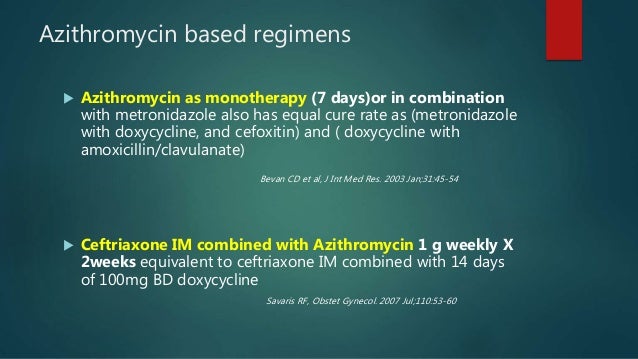







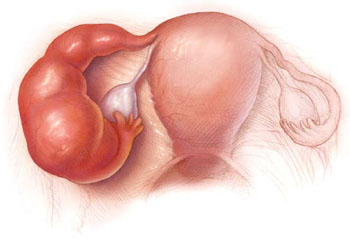


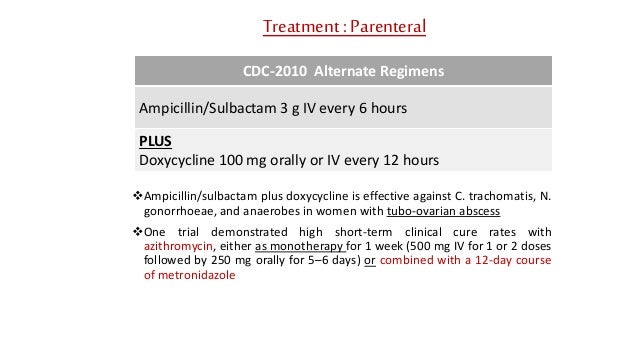


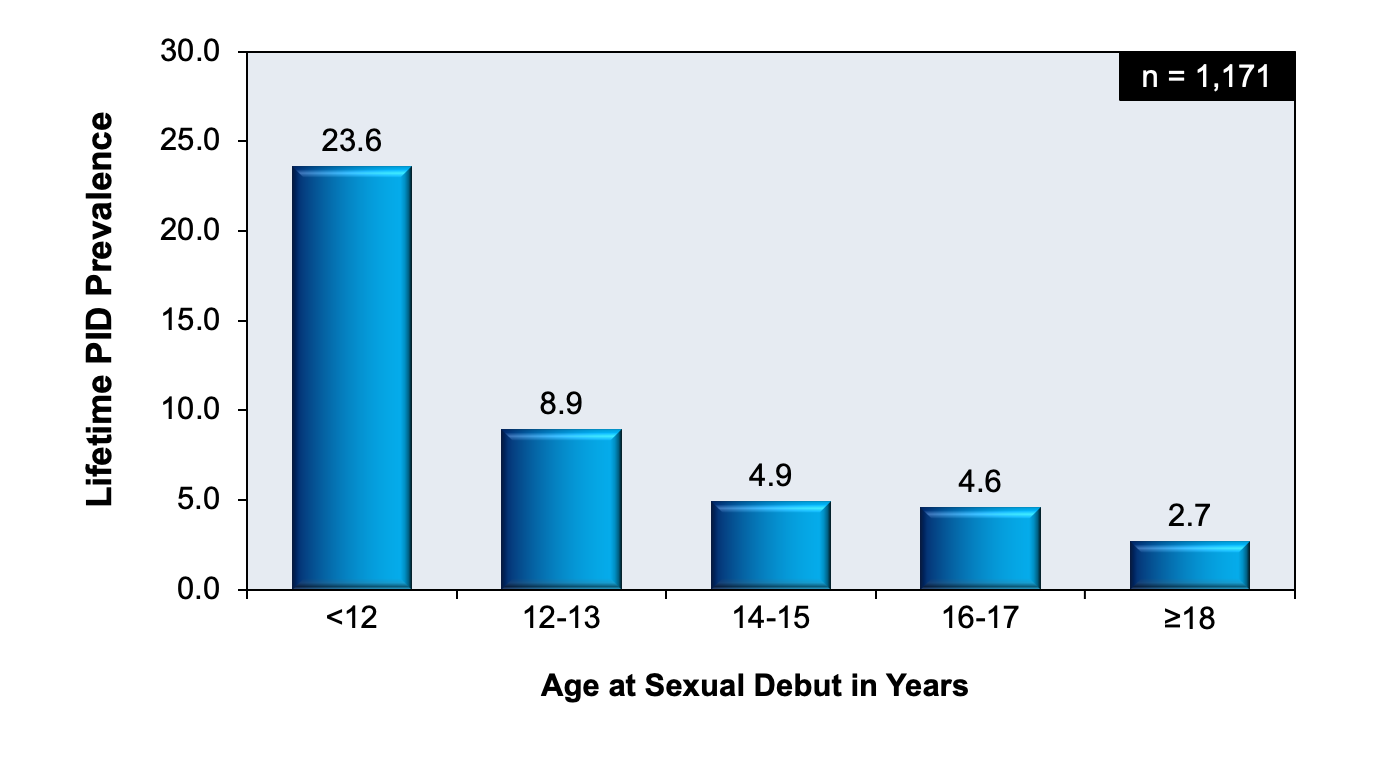



Post a Comment for "Azithromycin Pelvic Inflammatory Disease"